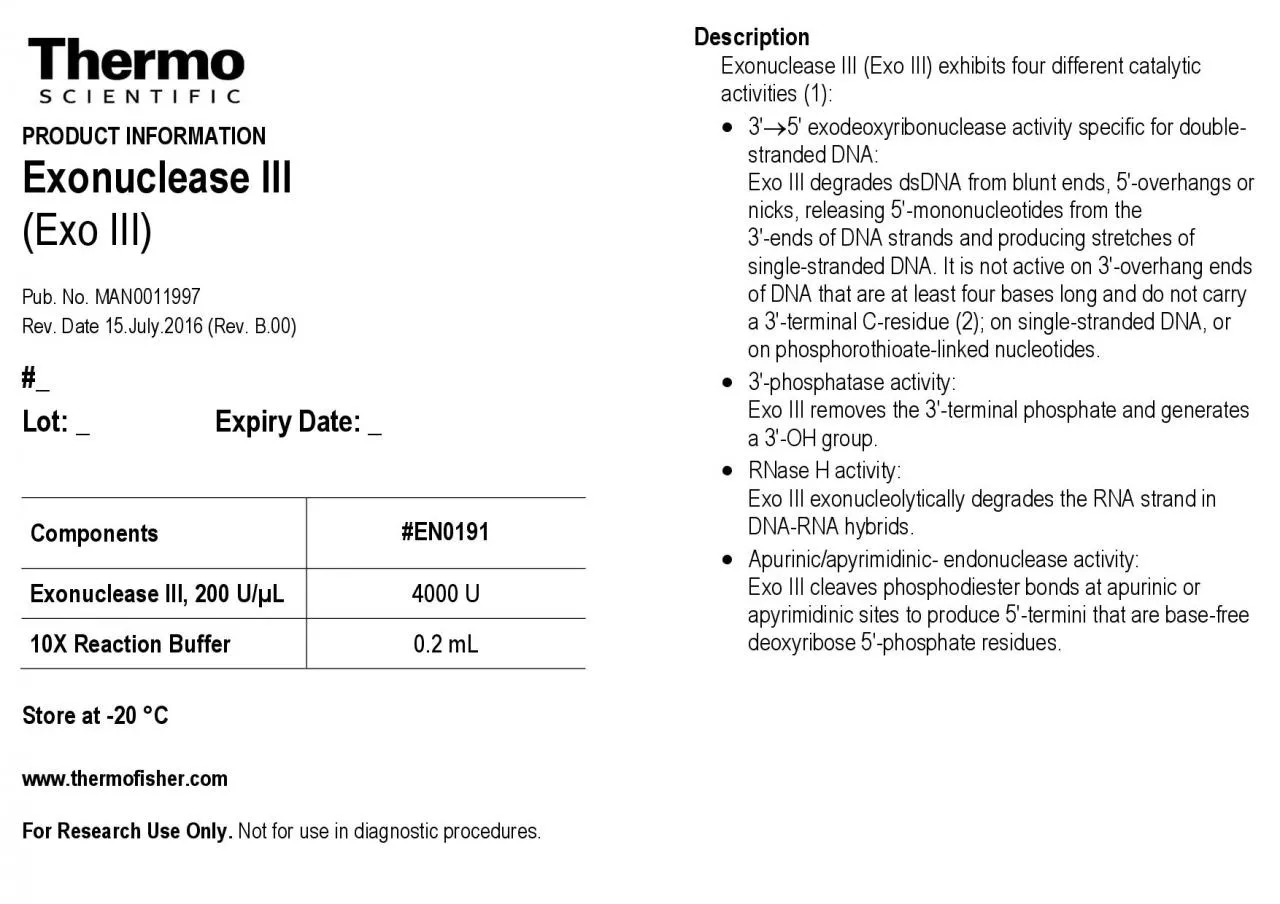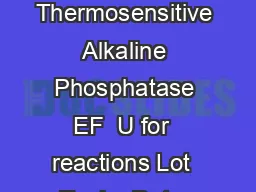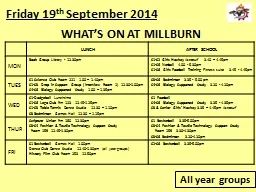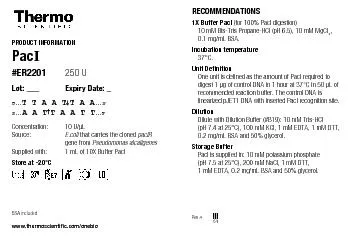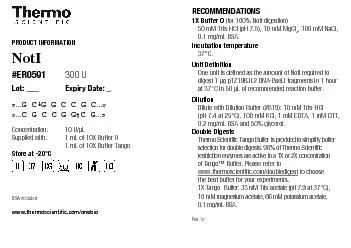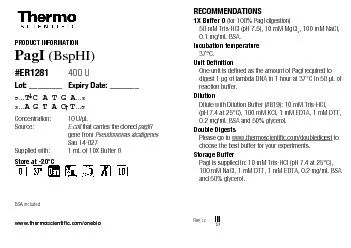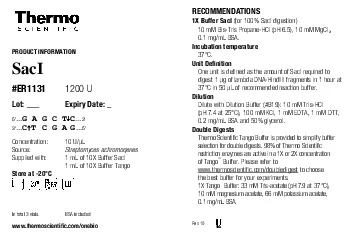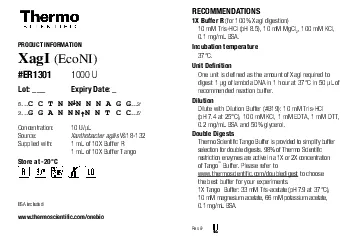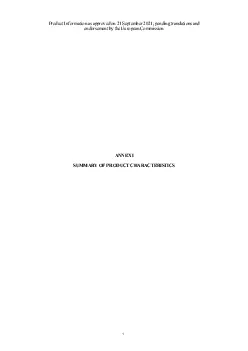PDF-PRODUCT INFORMATIONExonuclease IIIExo IIILot Expiry Date _Concentr
Author : angelina | Published Date : 2022-09-09
Supplied with ml of 10X Reaction Buffer Store at 20C Description Exonuclease III ExoIII exhibits four different ApplicationsCreation of unidirectional deletions
Presentation Embed Code
Download Presentation
Download Presentation The PPT/PDF document "PRODUCT INFORMATIONExonuclease IIIExo II..." is the property of its rightful owner. Permission is granted to download and print the materials on this website for personal, non-commercial use only, and to display it on your personal computer provided you do not modify the materials and that you retain all copyright notices contained in the materials. By downloading content from our website, you accept the terms of this agreement.
PRODUCT INFORMATIONExonuclease IIIExo IIILot Expiry Date _Concentr: Transcript
Download Rules Of Document
"PRODUCT INFORMATIONExonuclease IIIExo IIILot Expiry Date _Concentr"The content belongs to its owner. You may download and print it for personal use, without modification, and keep all copyright notices. By downloading, you agree to these terms.
Related Documents

